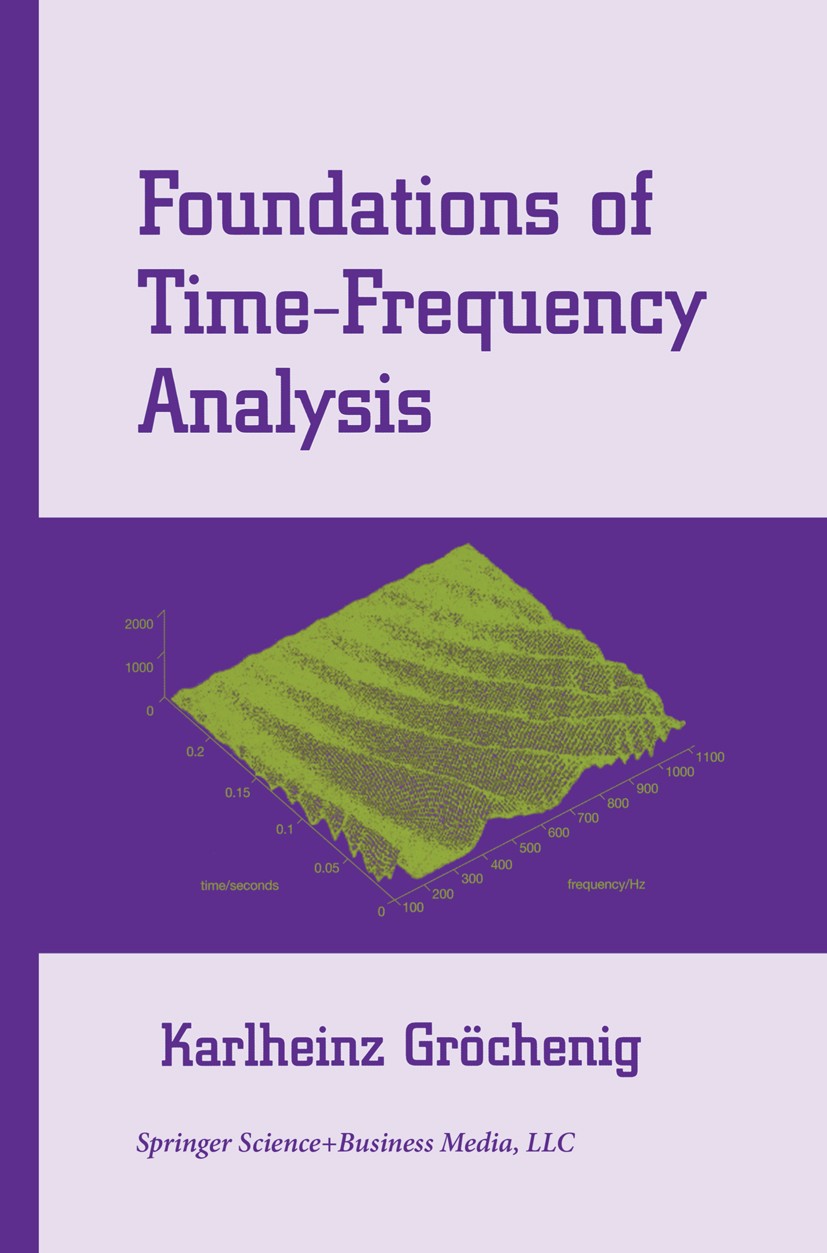| 書目名稱 | Foundations of Time-Frequency Analysis |
| 編輯 | Karlheinz Gr?chenig |
| 視頻video | http://file.papertrans.cn/348/347195/347195.mp4 |
| 叢書名稱 | Applied and Numerical Harmonic Analysis |
| 圖書封面 |  |
| 描述 | Time-frequency analysis is a modern branch of harmonic analysis. It com- prises all those parts of mathematics and its applications that use the struc- ture of translations and modulations (or time-frequency shifts) for the anal- ysis of functions and operators. Time-frequency analysis is a form of local Fourier analysis that treats time and frequency simultaneously and sym- metrically. My goal is a systematic exposition of the foundations of time-frequency analysis, whence the title of the book. The topics range from the elemen- tary theory of the short-time Fourier transform and classical results about the Wigner distribution via the recent theory of Gabor frames to quantita- tive methods in time-frequency analysis and the theory of pseudodifferential operators. This book is motivated by applications in signal analysis and quantum mechanics, but it is not about these applications. The main ori- entation is toward the detailed mathematical investigation of the rich and elegant structures underlying time-frequency analysis. Time-frequency analysis originates in the early development of quantum mechanics by H. Weyl, E. Wigner, and J. von Neumann around 1930, and in the theoretical f |
| 出版日期 | Book 2001 |
| 關(guān)鍵詞 | Fourier analysis; Fourier transform; Modulation; Signal; analysis; harmonic analysis; information; informat |
| 版次 | 1 |
| doi | https://doi.org/10.1007/978-1-4612-0003-1 |
| isbn_softcover | 978-1-4612-6568-9 |
| isbn_ebook | 978-1-4612-0003-1Series ISSN 2296-5009 Series E-ISSN 2296-5017 |
| issn_series | 2296-5009 |
| copyright | Springer Science+Business Media New York 2001 |
 |Archiver|手機(jī)版|小黑屋|
派博傳思國際
( 京公網(wǎng)安備110108008328)
GMT+8, 2025-10-6 23:50
|Archiver|手機(jī)版|小黑屋|
派博傳思國際
( 京公網(wǎng)安備110108008328)
GMT+8, 2025-10-6 23:50


